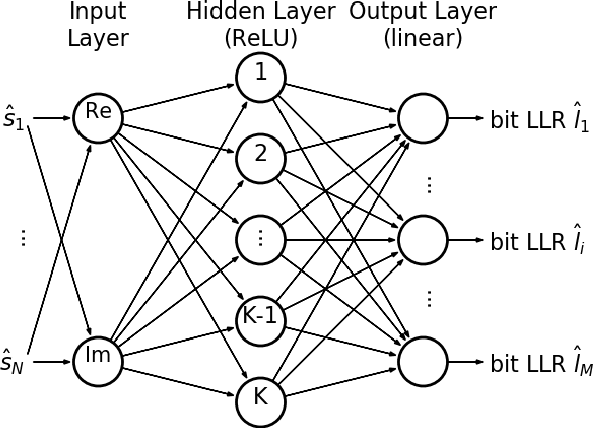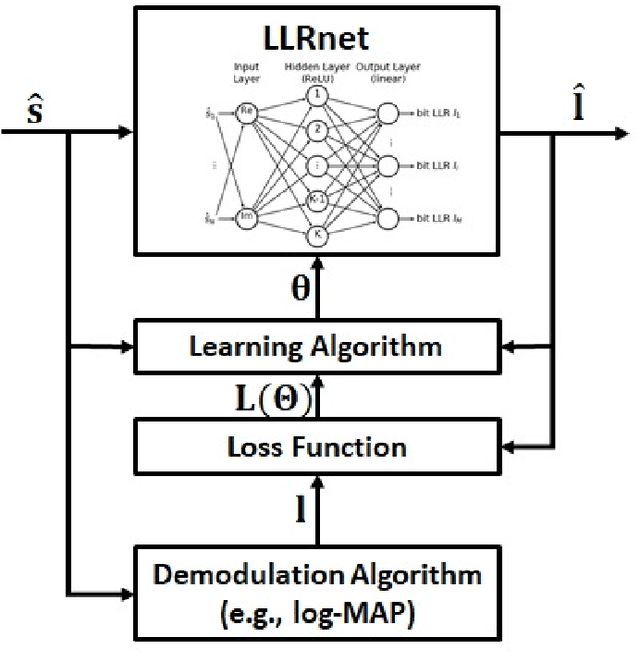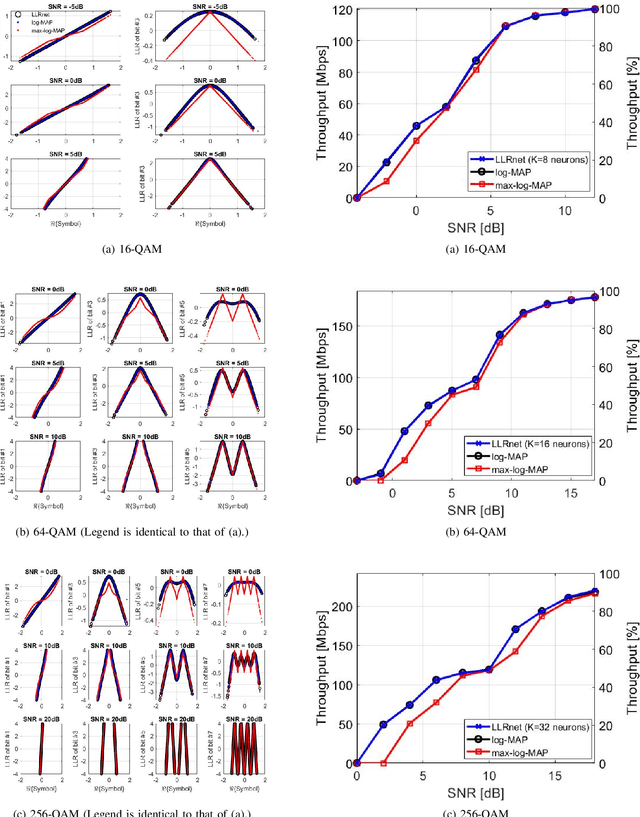Ori Shental
Transformer-Based Neural Surrogate for Link-Level Path Loss Prediction from Variable-Sized Maps
Oct 10, 2023Abstract:Estimating path loss for a transmitter-receiver location is key to many use-cases including network planning and handover. Machine learning has become a popular tool to predict wireless channel properties based on map data. In this work, we present a transformer-based neural network architecture that enables predicting link-level properties from maps of various dimensions and from sparse measurements. The map contains information about buildings and foliage. The transformer model attends to the regions that are relevant for path loss prediction and, therefore, scales efficiently to maps of different size. Further, our approach works with continuous transmitter and receiver coordinates without relying on discretization. In experiments, we show that the proposed model is able to efficiently learn dominant path losses from sparse training data and generalizes well when tested on novel maps.
"Machine LLRning": Learning to Softly Demodulate
Jul 05, 2019



Abstract:Soft demodulation, or demapping, of received symbols back into their conveyed soft bits, or bit log-likelihood ratios (LLRs), is at the very heart of any modern receiver. In this paper, a trainable universal neural network-based demodulator architecture, dubbed "LLRnet", is introduced. LLRnet facilitates an improved performance with significantly reduced overall computational complexity. For instance for the commonly used quadrature amplitude modulation (QAM), LLRnet demonstrates LLR estimates approaching the optimal log maximum a-posteriori inference with an order of magnitude less operations than that of the straightforward exact implementation. Link-level simulation examples for the application of LLRnet to 5G-NR and DVB-S.2 are provided. LLRnet is a (yet another) powerful example for the usefulness of applying machine learning to physical layer design.
 Add to Chrome
Add to Chrome Add to Firefox
Add to Firefox Add to Edge
Add to Edge